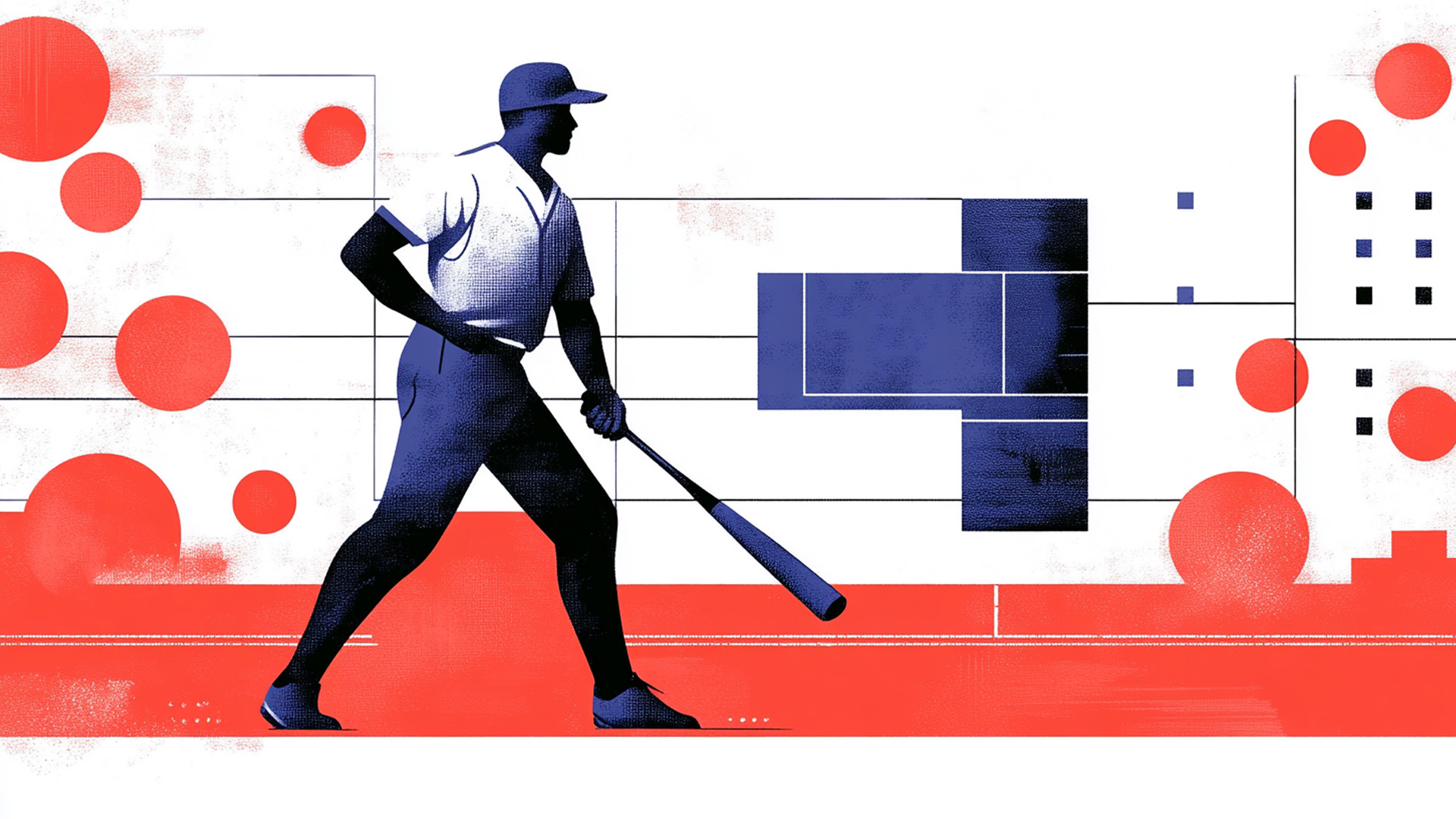How live sports broadcasting is evolving and why seamless delivery is more important than ever

Subscribe to NewscastStudio for the latest news, project case studies and product announcements in broadcast technology, creative design and engineering delivered to your inbox.
In the space of just a few years, the way we watch live sports has changed dramatically. Where it used to be a case of merely tuning into a single broadcaster, viewers now have a wide choice of platforms, from traditional linear channels to OTT services and virtual Multichannel Video Programming Distributors (MVPDs). Take this year’s Super Bowl, for example, which was available on Fox affiliates, Tubi, DirecTV Stream, Sling, Hulu+, YouTube TV and Fubo, among various others.
Modern content creation and distribution practices have also brought new levels of flexibility and choice to the consumer, powered by transformational tech-led innovation and intense market competition. Today’s viewers are offered accessibility across devices, personalization options and the choice of more affordable, tailored subscription models that simply weren’t possible until relatively recently.
At the same time, however, these important developments have also introduced new and complex challenges for broadcasters, content providers and distributors. Take the issues associated with service reliability and uptime, for example. Always a priority, changing audience expectations and the key role played by real time engagement have further elevated the importance of disaster recovery (DR) and resilience strategies.
On a basic level, DR starts with redundancy. Feeds must be managed from multiple locations, ensuring seamless failover if one site goes down. For major global events, multiple transmission pathways, such as fiber, IP and satellite, offer the redundancy required to protect against outages. The recent Super Bowl, for instance, had multiple routes out of the venue, guaranteeing signal integrity even if a primary path failed.
Cloud-based infrastructure is now also a key part of the way organizations approach DR. For example, using different cloud availability zones ensures continuity in the event of a local failure, while some providers go even further by using multiple cloud vendors to further strengthen resilience. However, the level of investment in DR depends on the nature and importance of the event being covered. While something like the soccer World Cup final demands near-absolute redundancy, a regular-season match might not justify the same approach.
Ultimately, the decision comes down to the value of the content. Rights holders and broadcasters must weigh the risk of downtime against the cost of implementing more robust DR measures. But for high-profile, high-stakes events, there’s no room for failure.
Latency and integrity
Among the other priorities, latency remains one of the biggest challenges in live sports broadcasting. Unlike pre-recorded content, where minor delays are unnoticeable, even momentary lag in a live game can ruin the experience, especially when fans are receiving real-time score updates from other sources, particularly mobile apps.
Users of streaming services will be familiar with latency issues, with delays ranging from a few seconds to over a minute, depending on the platform. Whereas a viewer watching on traditional broadcast TV may see a touchdown as it happens, someone streaming the same game on an OTT platform might receive a mobile notification about the score before the ball has been snapped on their ‘live’ stream.
As a result, managing latency requires close attention to network infrastructure at every stage, from production to CDN distribution. Broadcasters must ensure efficient routing and proper CDN sizing to minimize delays while streaming platforms must continuously optimize their delivery systems. Recent high-profile events, such as Netflix’s Mike Tyson/Jake Paul fight, highlighted early CDN issues that needed addressing before the platform could confidently handle live sports at scale.
One of the key challenges is that no single entity controls the entire end-to-end pipeline. Broadcasters are responsible for delivering feeds to platforms with minimal latency, but once the signal is handed off, the final user experience is often dictated by local networks and CDN performance. That makes real-time monitoring across every stage of distribution essential.
For signal integrity, the situation is just as challenging. With so many stakeholders involved in delivering live sports, responsibility for the signal is inevitably split across multiple parties. This year’s Super Bowl was broadcast by Fox, which controlled the signal from the stadium to its two main control centers in Arizona, and Los Angeles. From there, individual distributors took over, managing their own pathways to deliver the content to consumers. That means responsibility shifts at multiple points along the chain, creating potential gaps where issues can arise.
What’s needed here is a holistic approach — one that doesn’t just track individual segments but oversees the entire delivery process from venue to viewer. Service providers can play a key role here, offering monitoring solutions that track performance at every stage, minimizing disruption and ensuring the best possible experience for the end user.
A hybrid future
The growing number of ways to watch live sports is fundamentally reshaping the industry. Traditional linear TV still plays a crucial role, but digital platforms, from virtual MVPDs to FAST channels, are rapidly expanding their footprint.
The shift to streaming is also accelerating. In the UK, for example, Sky is moving away from satellite towards an app-based model with Sky Glass — a smart TV with built-in streaming capabilities. Elsewhere, broadband providers are increasingly bundling TV services with internet packages, driven by consumer demand where the expectation is watching live sports on any device, anywhere. This trend is only set to continue. By the time the 2026 FIFA World Cup kicks off across the US, Canada, and Mexico, we can expect an even greater level of platform diversity. DAZN, for instance, has just secured streaming rights to the Club World Cup in a $1 billion deal, signaling a shift towards more digital-first sports rights strategies.
Bring all these factors together and we have a live sports broadcast ecosystem where the technical complexities of delivering a seamless experience across multiple platforms are accelerating. Different platforms operate with different infrastructures, and maintaining consistent quality across all of them requires sophisticated monitoring and management.
Success depends on a meticulous approach to monitoring, network optimization, and resilience planning. With the growing complexity of delivery models, real-time visibility into performance metrics and proactive incident management are essential to maintaining high-quality, uninterrupted broadcasts.
Subscribe to NewscastStudio for the latest news, project case studies and product announcements in broadcast technology, creative design and engineering delivered to your inbox.





tags
CDN, DAZN, fifa world cup, Fox Sports, Free Ad-Supported Streaming Television (FAST), Globecast, MVPDs, Netflix, sky, Super Bowl LVIII, Tim Jackson
categories
Featured, Sports Broadcasting & Production, Streaming, Thought Leadership